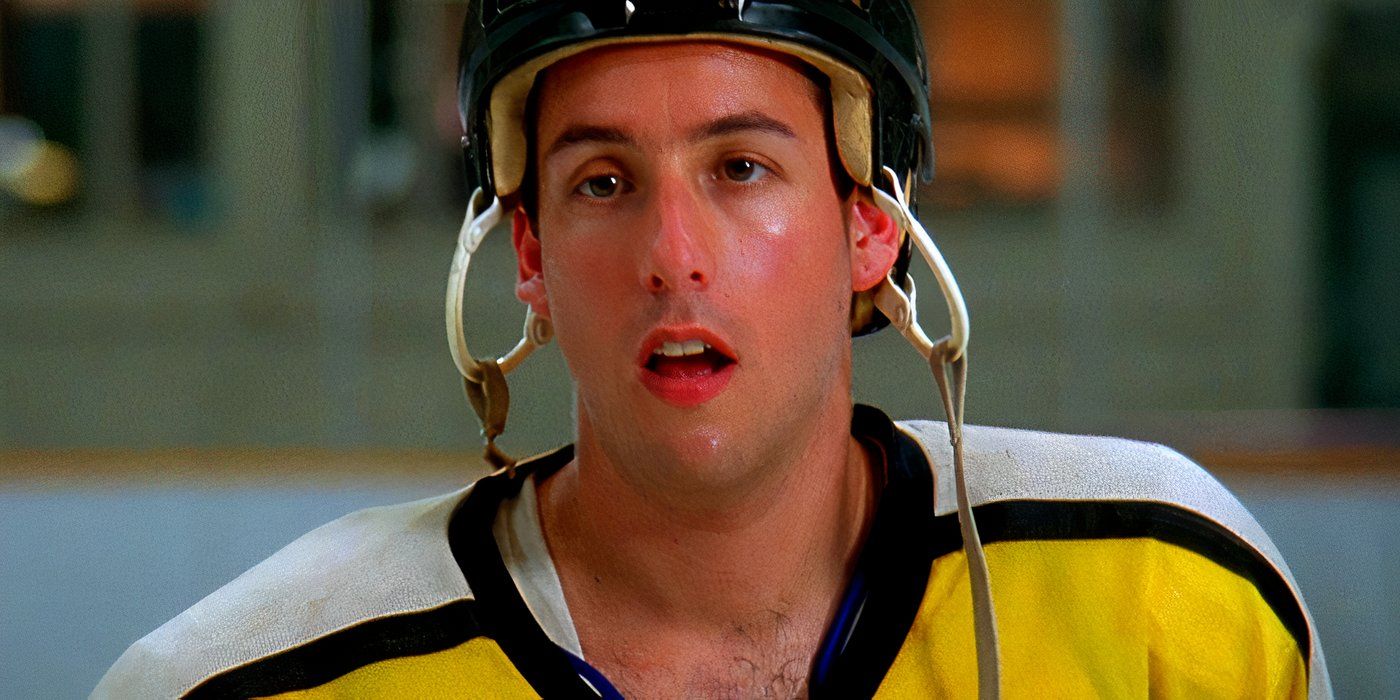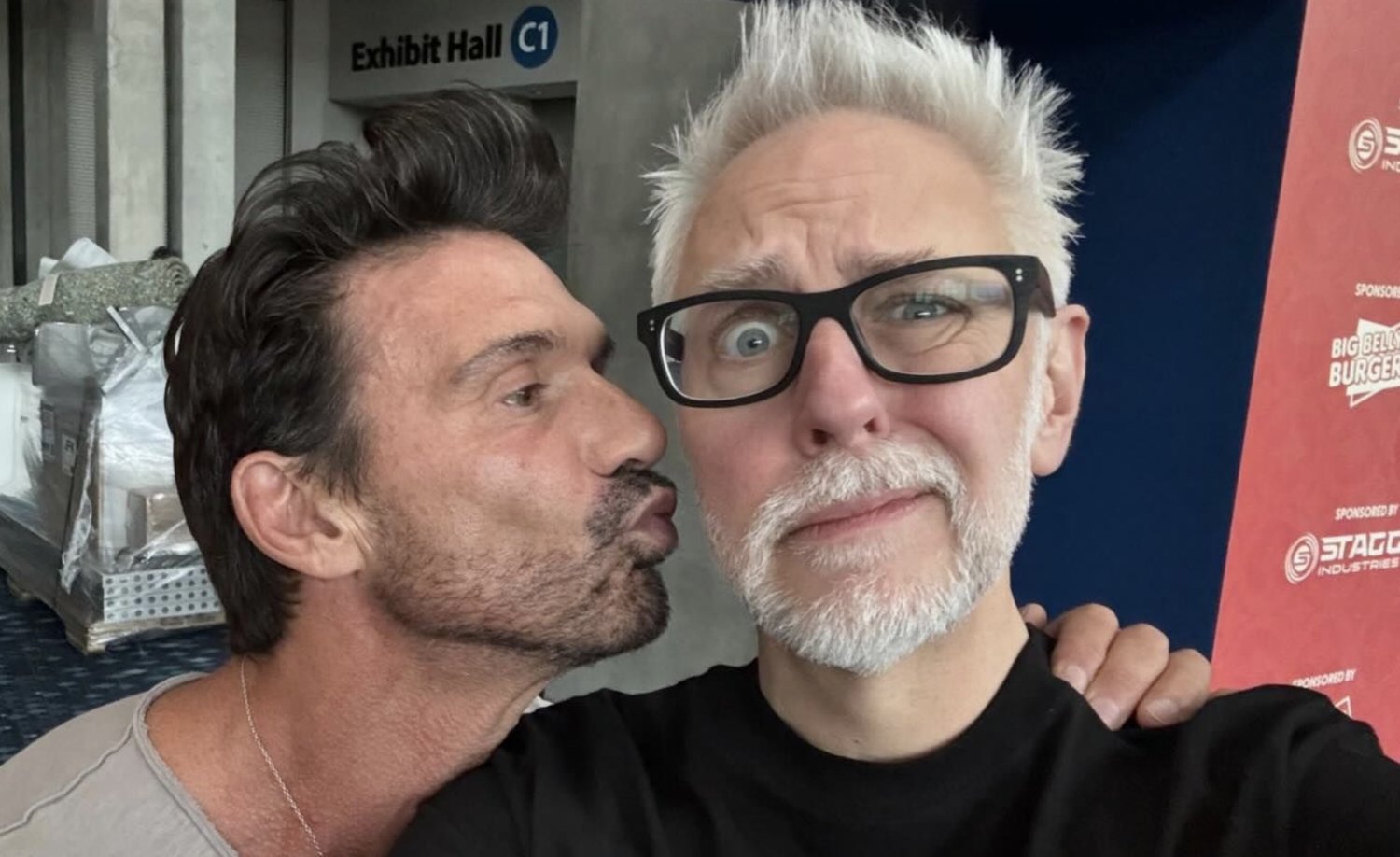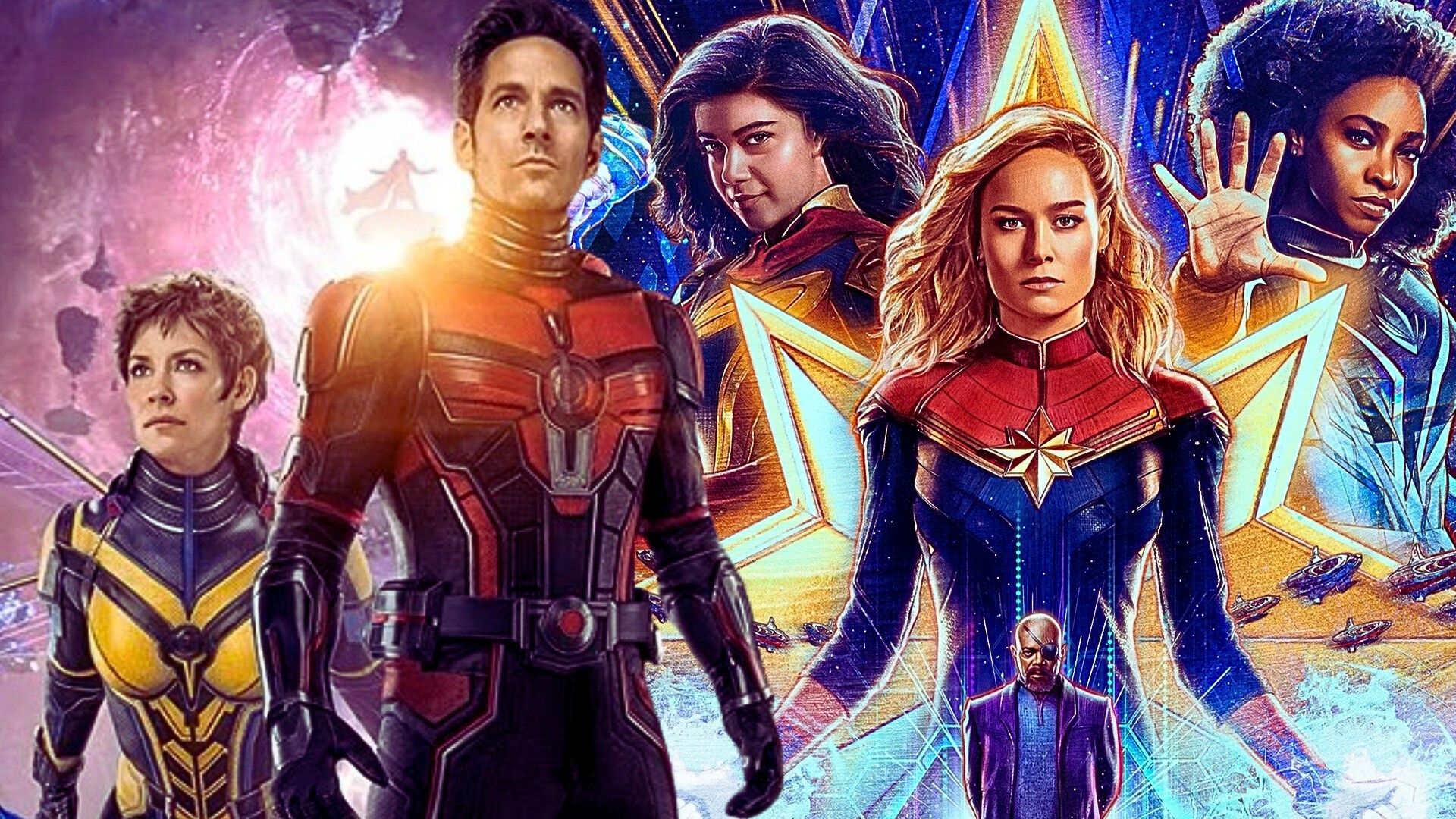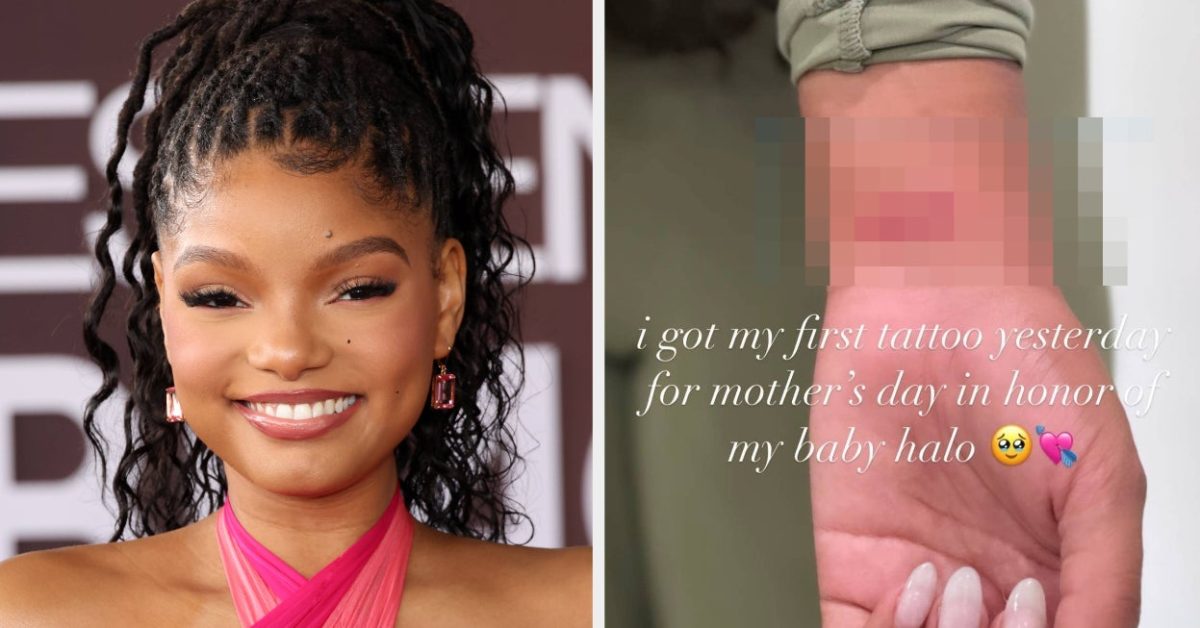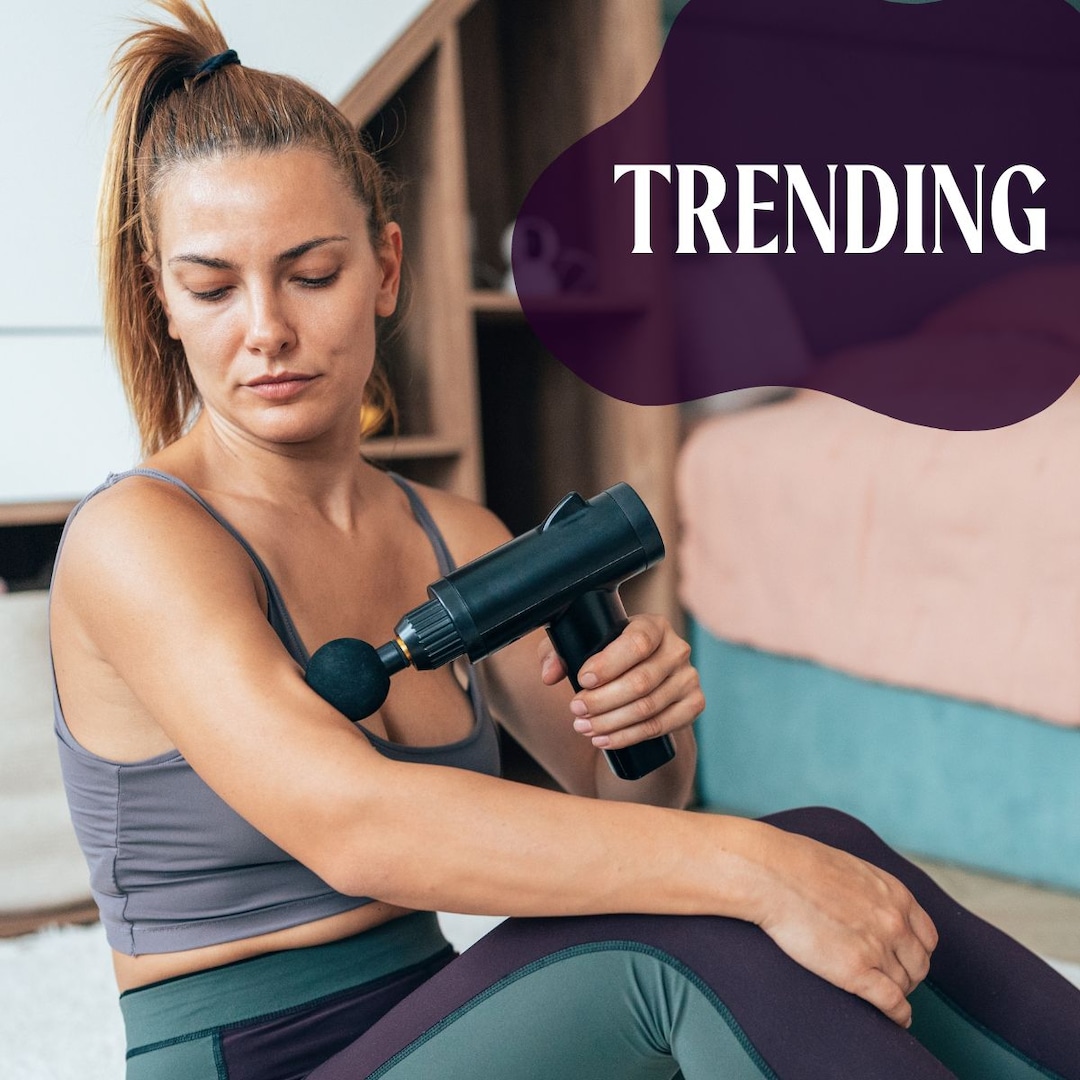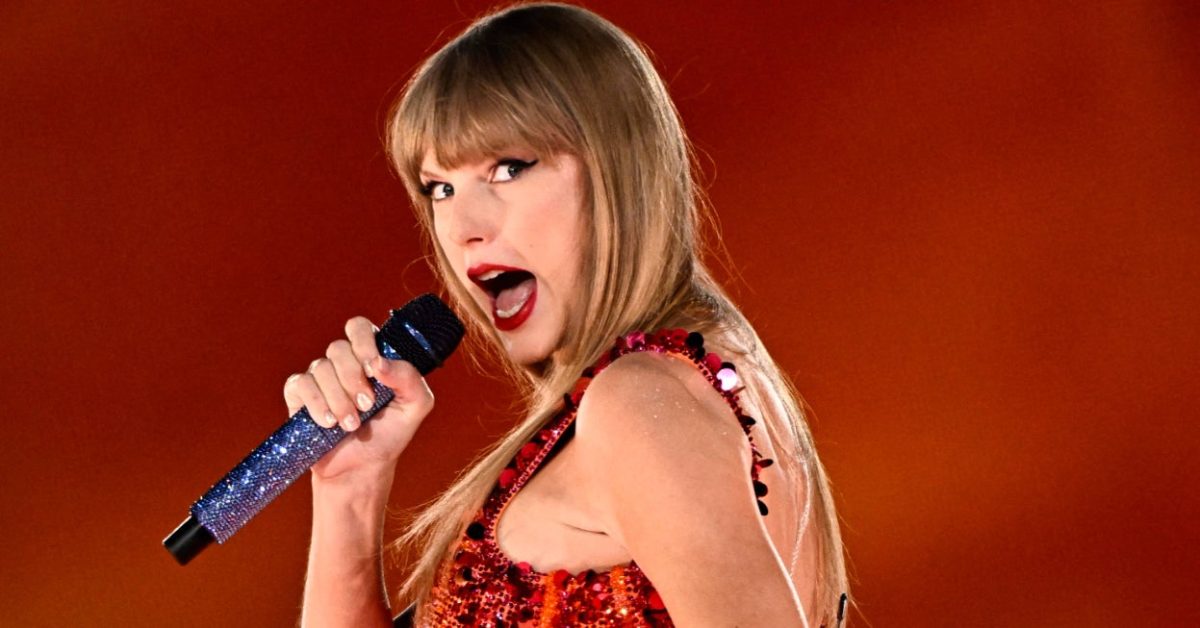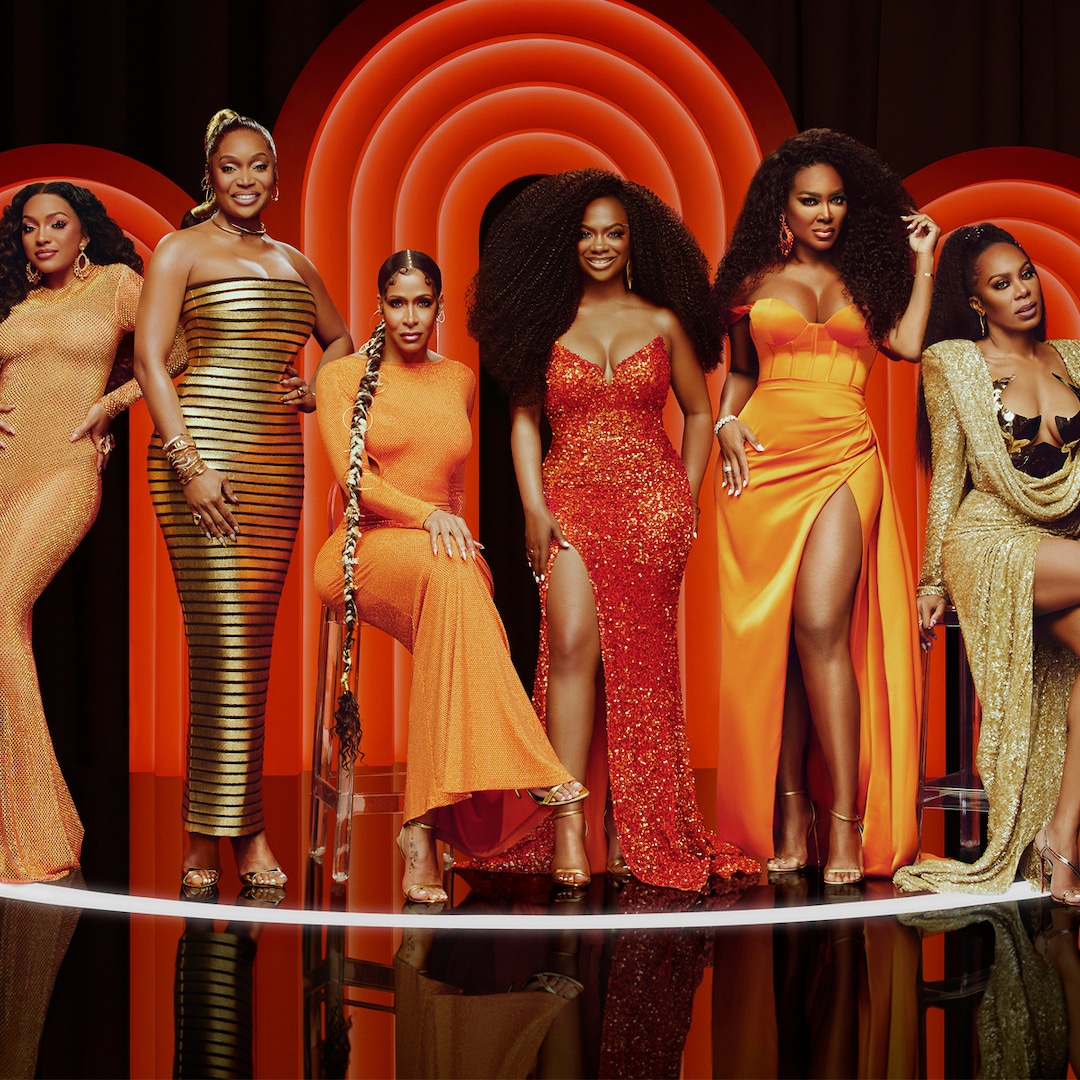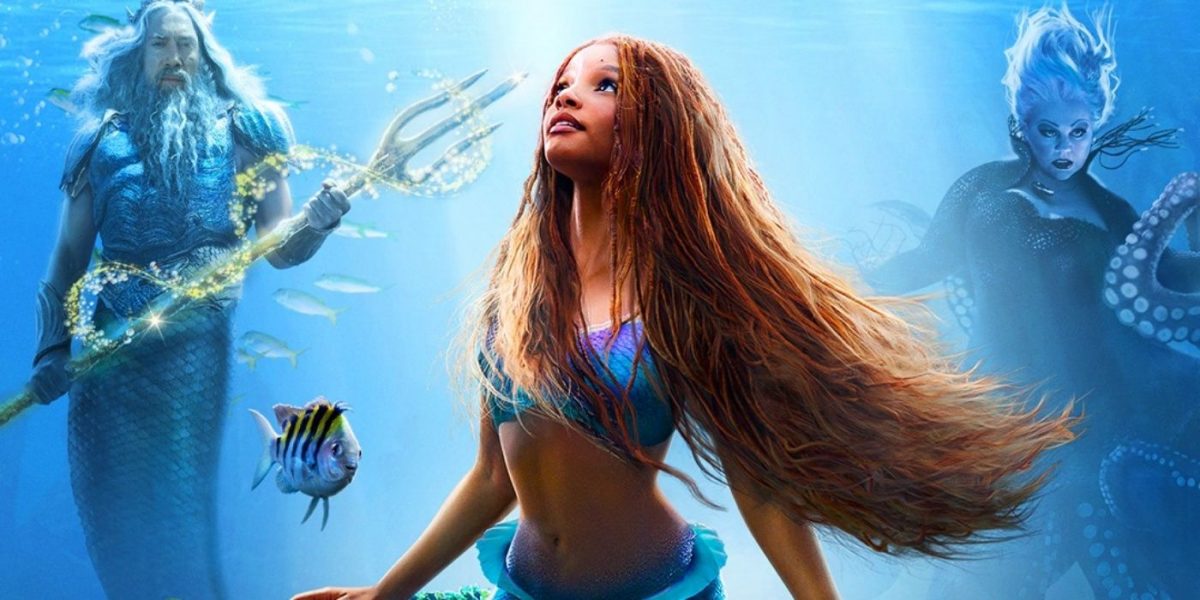
‘The Little Mermaid’ Costume Designer Was Inspired by the Seven Seas
Sep 20, 2023
The Big Picture
The Little Mermaid costume designer Colleen Atwood and filmmaker Rob Marshall have a successful collaborative relationship spanning over 20 years. Atwood faced numerous challenges while working on The Little Mermaid, including creating costumes that could stand up in underwater scenes and collaborating with digital artists. Atwood drew inspiration from nautical and marine research to create unique looks for all the inhabitants of The Little Mermaid world, incorporating the colors of the ocean and the life within it.
The Little Mermaid costume designer Colleen Atwood and filmmaker Rob Marshall have a working relationship that has already spanned more than 20 years, after first joining forces on Chicago (which won the 2003 Academy Award for Best Picture and Best Costume Design, among others). Immersing herself in nautical and marine research and taking inspiration from the life within the Seven Season and the colors of the ocean, Atwood created stand-out looks for all the inhabitants of this much beloved world, from the humans to the merfolk to the story’s tentacled villain.
During this 1-on-1 interview with Collider, Atwood talked about the many triumphs and challenges of costuming The Little Mermaid (which you can also get a glimpse of on the Blu-ray special features), forming her collaborative relationship with Marshall and why it works so well, what she wanted to avoid with the looks of the mermaids, creating the iridescent look of the tails, and what was the most challenging costume. She also talked about reuniting with Tim Burton for Beetlejuice 2 and what inspired the looks for that film.
Collider: With The Little Mermaid, it seems like you got to play in ways that you probably haven’t gotten to play before, making costumes that could also stand up in underwater scenes. Were there new challenges that you hadn’t even expected?
COLLEEN ATWOOD: There were plenty of challenges. Most of the underwater stuff you see is all digital, so I had to back into that. I made a lot of real costumes with different fins and different layers for reference for the digital artists, so they weren’t just a grid-oriented scheme. So, I learned a lot about the layering and all the stuff with digital art. I’d done sketches that way, but not to this level, so it was really a learning curve for me, in a lot of ways. They really liked having somebody that would sit with them and give them things for reference because otherwise they just have their libraries.
Image via Dan Steinberg for Walt Disney Studios
Your working relationship with Rob Marshall began more than 20 years ago with Chicago. What was that first meeting you had together like? What were your initial impressions of him, that made you want to work with him then, and how did that solidify your collaborative relationship together?
ATWOOD: I’ll never forget my first meeting with Rob Marshall because the idea of me doing a musical, at that point, I’d never done one. It was beyond exciting for me because I love them. I had just finished doing Planet of the Apes with Tim [Burton], which was a massive show with lots of challenges, like making muscle suits, body suits, movement, and all kinds of things. I had my bible from that with me, just to talk to Rob about costume and how to construct stuff and dance costume, particularly. Because Rob Marshall was a choreographer and a dancer, he really knows that world in a way that’s so special. So anyway, I went to my meeting, where I met him at the Four Seasons in Beverly Hills. We sat down together and we talked about it, and he said, “Okay, here’s the schedule. I’m gonna do this and I’m gonna figure out every number, and then you guys are gonna come in and look at it. That was probably six months before I would even start, but he had every beat of what he was gonna do for the movie, already in his head, and he stuck to it. It was the most impressive, disciplined process that I’ve ever experienced, and remains to be, to this day. He’s an incredibly hard worker. He’s an incredible planner. He’s almost self-producing. He’s so good at organizing how he wants every line of the story to play out, so working with him, as a designer, is a great privilege. For sure, there’s always last minute stuff, but at least going into it, you know what the costume has got to do in the room, ahead of time. Sometimes you do things and they go, “Okay, she’s gonna jump off the bridge now and fly.” And you’re like, “What?!” But with Rob, it’s not that way. It’s very organized and wonderful, and he’s wonderful with the talent. It’s an unforgettable experience to work with him.
With The Little Mermaid, aside from reuniting with him and continuing this collaborative relationship that you guys have, what made you want to be a part of this particular story and have a hand in bringing these characters to life in a live-action medium? Had you been a fan of the animated movie? Was it a world that you specifically wanted to put your stamp on, or was it more about his specific vision of it?
ATWOOD: I’m a little old for The Little Mermaid generation that grew up with it. For me, it was a fun thing that my daughter enjoyed. My kids liked it, so I was connected to it, in that way. My big connection to it was the idea of it, through Rob’s eyes. That, to me, is the best way to describe it.
Rob Marshall seems like somebody who has a clear idea of what he wants, but also embraces other people’s ideas and thoughts. When you started this project, before working on any of the costumes, were there specific things, visually, that he told you he wanted and was looking for? How did that shape the way you approached things?
ATWOOD: We did it together because it was a new world for both of us, in a way. We had these ideas for the fish and concerns about paying homage to the animated thing, but not having everybody swimming around with seashells on their breasts – the stuff that worked in a cartoon, but doesn’t necessarily work on a human body. Those were real concerns of his. And then, we talked about how the fish moved and the interaction with the water. On the fish, you’ll see that they have these thin, sheer fins. Real fish have them for swimming and for their movement, but we exaggerated them a little bit to help sell the movement of the creatures and the merfolk in the water.
Image via Walt Disney Studios
What was it like to use actual tropical fish as inspiration for the different looks? What was your process for figuring out each fish that you would pull from, or the color palettes and textures you wanted to use?
ATWOOD: I was thinking I could do a clothing line of just fish designs. That would be really cool because they’re so beautiful and so cool. You can realize them in different ways, artistically, that make them special. It was my first aquarium visit was to the Long Beach Aquarium, and then we went to the gigantic aquarium together, as a team, in Atlanta, and I saw all the fish in those places. I wasn’t that informed about what fish was from what ocean, but I wanted to represent the Seven Seas. I thought it was a fun way to tie in an old reference from sailing that was a maritime thing that I tied into the story. And then, I used picture references, dialing into the Indian Ocean and looking at those fish. I did that with books and online. Luckily, my assistant, Christine Cantella, loves fishing. She’s way into it, so she was really helpful with that because she’s more skilled digitally than me. She lives in Texas and she goes fishing in the Gulf all the time, but she throws him back. She just loves fishing.
What did it take to create each of the tails and the iridescent looks of the tails, which are all so beautiful?
ATWOOD: I worked with my textile artist, and we used all kinds of silk screen materials to do that. First, you’d lay down the color, and then you’d lay down the clear layers over them, to get different scale shapes. And then, the fin parts we did with what we call sparkle sheer, which is a very inexpensive, sparkly, magical fabric, just to get the feeling of. And then, the scale and the proportion of the tail to the body was a really big part of this. We lengthened that tail from the animated version quite a bit, just to add grace and power to the fishes’ swimming abilities. We worked all that out. Whether it was on the sets or on the virtual sets, we had pull-on tails, so that the reference could be the right scale of tail on the piece, like when she’s on the rock.
Did you also have to always keep Ariel’s hair in mind, so that it never clashed with the costumes?
ATWOOD: Ariel’s hair was its own movie, to be honest. For the underwater stuff, there’s only one moment when it’s her real hair, when she comes out in the moment at the top of the show. The rest of the time, it was all digital hair underwater, with the movement of it. Getting the hair color in the water environment, where the reflective light is blue and you’ve got red hair, is a real challenge. They really spent a lot of time figuring out the lighting and the movement of the hair. And then, above the ground, we pulled her hair up and back because it was the look of the village, so she integrated into that. That helped us a lot because it got her hair off her face, and was easier for them. If they had to do anything, digitally, there was a clean line and a lot of technical stuff like that. It worked, and it also looked really beautiful on Halle [Bailey], so it was a win-win, in that way.
Image via Walt Disney Studios
What was the one most challenging costume, either because it was difficult to do, or because it had more of a responsibility to it when it came to getting it exactly right?
ATWOOD: The one that was most important was the human dress that they give Ariel when she comes above the water, which she stays in for the whole show, until she gets married. I wanted that to evoke the people above the ground and the water, to tie the land and the water together. I used this organza that I did counter stitching, so that it could have the texture of a coral, and the color was reflective of the ocean because it was blue. Just figuring out landing on it, as you do when you know somebody’s gonna wear one costume for the whole movie, it’s always a challenge to figure out what the right thing is. She’s a young girl. She’s part of the village, but she’s been dressed by the castle, so she’s gonna be a little bit elevated from the average fisherpeople. It took a minute, but I found a piece of fabric that I really liked, that was my main starting point. And then, we tested a couple of different colors and ended up with the blue.
What makes a challenging day on a shoot like this? Is it a day where you have to costume a lot of people for one scene? Is it a day when you have a particularly complicated costume?
ATWOOD: I think a day when the costume has to work in an environment that’s not particularly friendly to costumes, like water, and it’s not a costume made for water, but it’s going in the water and out of the water. That sort of situation is always very tense because nobody wants to wait for costumes. They’ll wait for other things, but they do not like to wait for costumes. So, if you’re doing that, then the costumes are getting wet, you have to change them, and you have to figure out stuff ahead of time that makes a costume work in water. That kind of thing, when you’re out in an environment with costumes, is probably one of the biggest, most difficult things. For sure, when it’s wet, muddy, rainy and you have 200 people in costumes, it’s a hard day for the costume department and for everybody.
Ursula’s look, from her costume to her hair and makeup to her jewelry, is epic. With a character like that, is there such a thing as too big? Is that the biggest and most over the top character you’ve ever dressed?
ATWOOD: Yeah, it’s probably the most over the top thing. And then, Melissa McCarthy being the person in it adds so much to it. She really brings it to life at a scale that I don’t think many people could. She was a great collaborator, and we had fun with every aspect of her costume and character.
Image via Walt Disney Studios
What were the conversations like, around figuring that character out and how big you could go with it?
ATWOOD: It had to still work and be human scale and relate to the bottom half of the octopus. The real epiphany of that costume is the idea of putting the lights around her, so she’s always surrounded by lights in her environment. It’s a very dark environment, but it always gives her that little extra sparkle, that makes it her. And those are very fine things. They’re not all big. I think the thing that works better is, if you have a combination of big, and then you have stuff that brings it back to the scale and the reality of the show.
What do you think would most surprise audiences about what it took to bring The Little Mermaid to life?
ATWOOD: The year-long process that it takes to actually realize all this is something people don’t even comprehend. You’re not making the costumes and everybody wears them. You’re making things the whole time you’re shooting. You have the pirate ship, you have the castle, you have the village, you have the water people, and you’re making costumes and pieces of costumes for them, the whole shoot, as well as running the set and keeping that going on. I think people think designers just come in and say, “Oh, this is my idea,” and then suddenly, poof it’s there. You’ve gotta really test out a lot of stuff to get it right.
I’m not at all surprised that you’ve also reunited with Tim Burton to do the costumes for Beetlejuice 2. Where did you draw inspiration from for that movie, and how did that inspire the look and feel of what you designed?
ATWOOD: In Beetlejuice 1, Beetlejuice’s costumes are iconic, so it’s the same challenge. It’s Michael Keaton again, and it’s the same look. So, with him, we went with today’s version of what those costumes were. With Winona’s character, Lydia, we thought, “Okay, if Lydia is this age now and she’s had a certain success doing something, what would she look like?” It was the same thing with Catherine O’Hara. And then, Jenna Ortega has a character, and there are some other new people in it. We really wanted to do old time tech and low tech. It was a different kind of challenge from The Little Mermaid, where it was all major digital work. This was not. This was pulling away from that and using as little digital work as possible. There was the practical design of it. I think it’s gonna be great. It’s gonna really be reminiscent, in a Tim Burton art way, of the first Beetlejuice.
The Little Mermaid is available on Blu-ray, with special behind-the-scenes features that give a glimpse into how the film was made.
Publisher: Source link
Halle Bailey Gets Halo Tattoo For Mother’s Day
Halle Bailey Gets Halo Tattoo For Mother's Day Halle Bailey is celebrating her first Mother's Day in a pretty significant way. On Sunday, she revealed she'd gotten a tattoo for her son, Halo, whom she shares with her rapper boyfriend,…
May 16, 2024
Soothe Sore Muscles With These Workout Aftercare Tools
The products featured in this article are from brands that are available in the NBCUniversal Checkout Marketplace. If you purchase something through our links, we get a commission. Although I hate to admit it, consistent exercise really does make me…
May 16, 2024
The Internet Can't Handle Taylor Swift's Alien Abduction Optical Illusion
It's giving Signs.View Entire Post › Disclaimer: This story is auto-aggregated by a computer program and has not been created or edited by filmibee.Publisher: Source link
May 15, 2024
Meet Real Housewives of Atlanta’s Newly Revamped Season 16 Cast
Attention, Bravoholics: Get ready to meet your newly revamped group of Georgia peaches. The Real Housewives of Atlanta's season 16 costars have finally been revealed amid a recent cast shakeup. Returning to the reality show after a two-season hiatus is Porsha Williams, who will…
May 15, 2024
